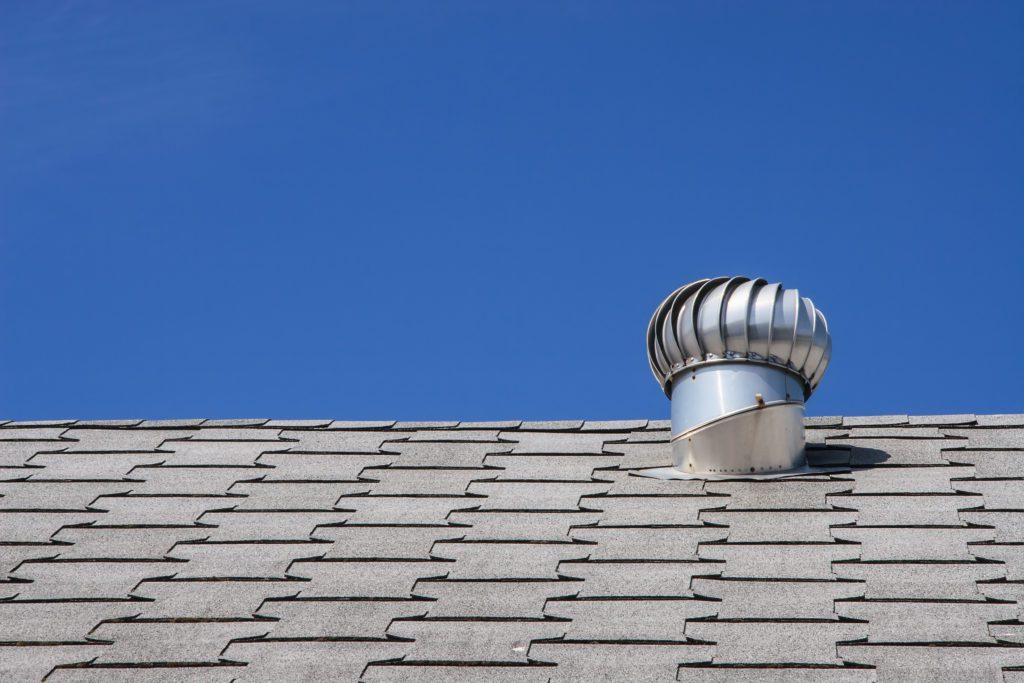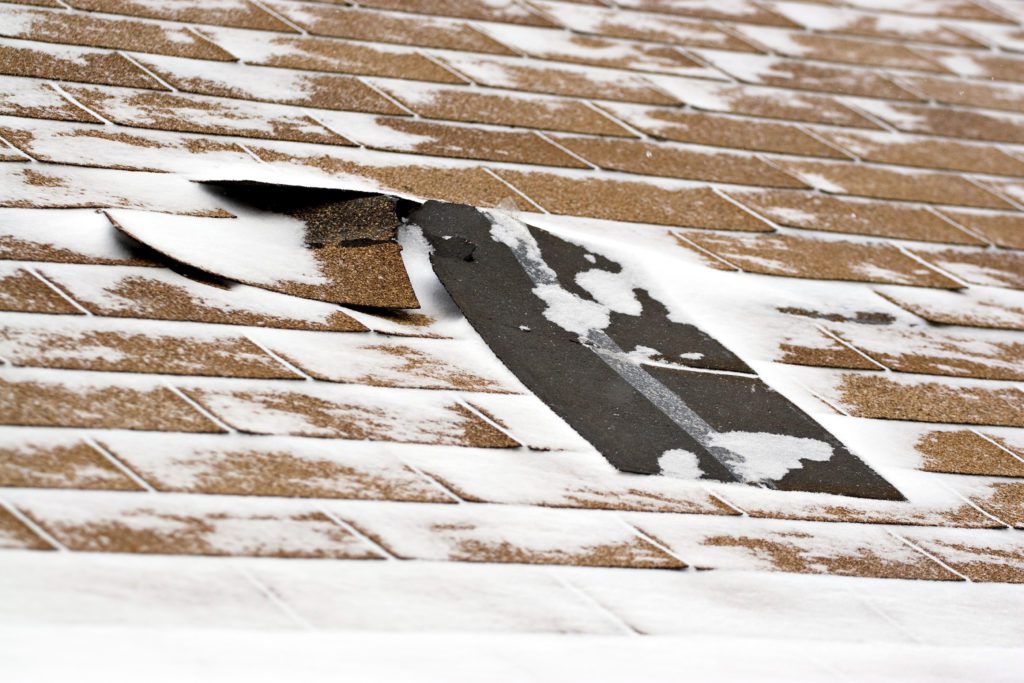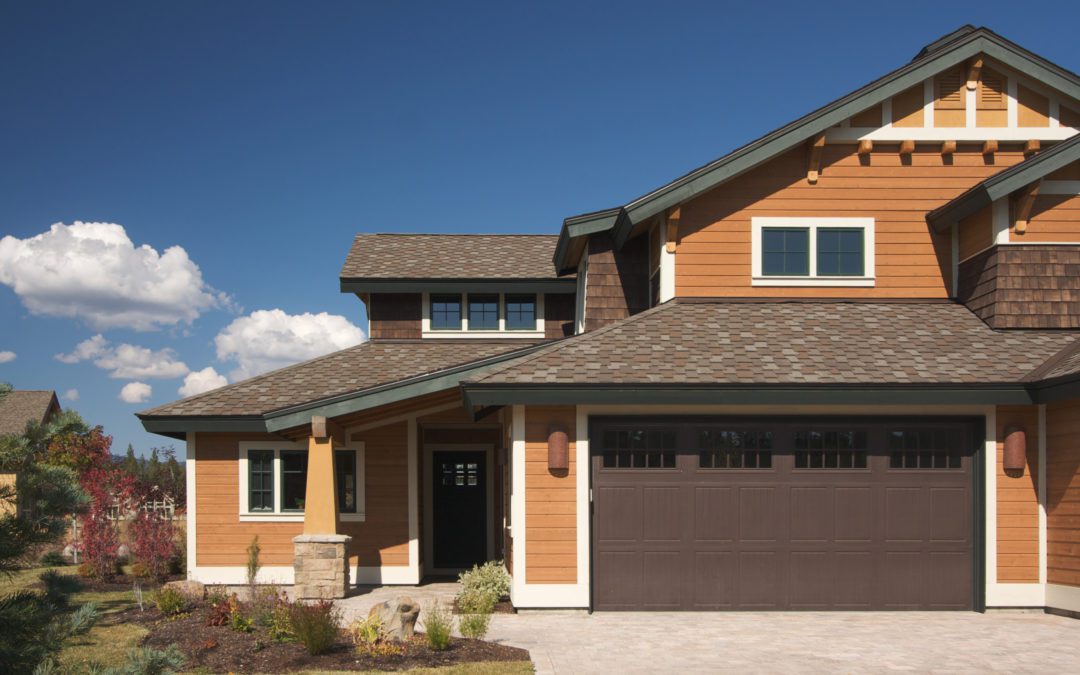Roofing ventilation isn’t necessarily something that’s foremost in people’s minds when they are preparing to purchase a new roof. Roof ventilation performs a lot of important functions including ensuring that the temperature of your house stays comfortable and that your roof lasts longer. Here is an overview of why the proper ventilation of your roof is important.
About Roof Ventilation
Ventilation is a system that allows the continuous flow of air throughout the space. The best ventilation systems in attics normally include air intake vents low down along the soffits and exhaust vents higher up along the peak of the roof. This gives cooler air the opportunity to come inside the house from the lower soffit vents and pushes warmer, humid air up through the exhaust vents that are along the ridge of the roof.

Why Roof Ventilation is Important
There are a number of reasons why roof ventilation requires some forethought. Both the heat and cold in New Jersey can be brutal at times, and proper ventilation can protect your home from extremes of temperature. It can also prevent the buildup of excess moisture which creates a lot of damage. In addition, proper ventilation can save you money in the long run.
- In places like New Jersey where the temperature sometimes drops below freezing, heat from the central heating systems rises to underneath the roof deck. As this area heats up, the snow from the rooftop starts melting which causes water to trickle down the roof which in turn freezes into ice again. As this continues, the water eventually has nowhere to go and this buildup of moisture can cause water damage.
- In the sweltering heat of summer, the sun can generate a significant amount of heat in your attic and throughout your home. This can make it more costly to keep your house cool during the warmer months and can also cause damage to the interior parts of your roof and home.
- Humidity is not a welcome visitor to your home. Humidity can be a problem during either winter or summer months as cooler or warmer, humid air enters the interior of your home. If this moisture builds up, it can lead to issues with mold or mildew and can damage things like your insulation. Proper ventilation can help reduce issues with humidity.

Signs of Improper Roof Ventilation
If you suspect you may be dealing with a ventilation issue, it’s helpful to take a survey of your home and look for warning signs:
- An uptick in family illnesses or allergies. Frequent upper respiratory infections or uncomfortable allergy symptoms such as coughs, sneezing and runny noses may signal that you have an internal mold issue because of trapped humidity.
- Visible ice buildup along the edge of your roof during cold weather.
- Warped or wavy shingles which can be caused by damage to the shingles or roof underlayment.
- Water stains in the structural areas of your roof, or in the attic or interior ceilings of your home.
- An increase in cooling or heating bills or frequent system repairs, which may signal that your air conditioner or heater are working overtime.
- Visible rust on the metal implements in your attic, such as nails and electrical boxes, which usually signals moisture buildup.

If you see any of the issues listed above, you may have a ventilation issue in your home. Ensuring that you have properly installed insulation and well-placed vents can help you prevent future costly damage to your roof and interior. Alte Exteriors is a trusted, second-generation, family-owned and operated New Jersey roofing company. We are certified by “Air Vent” for residential attic ventilation and our experienced roofing consultants can assess your roof and interior for potential issues and advise you on the best course of action. Our clients trust us to accurately assess ventilation problems and recommend the best materials and methods for repairs. Contact Alte Exteriors today.
